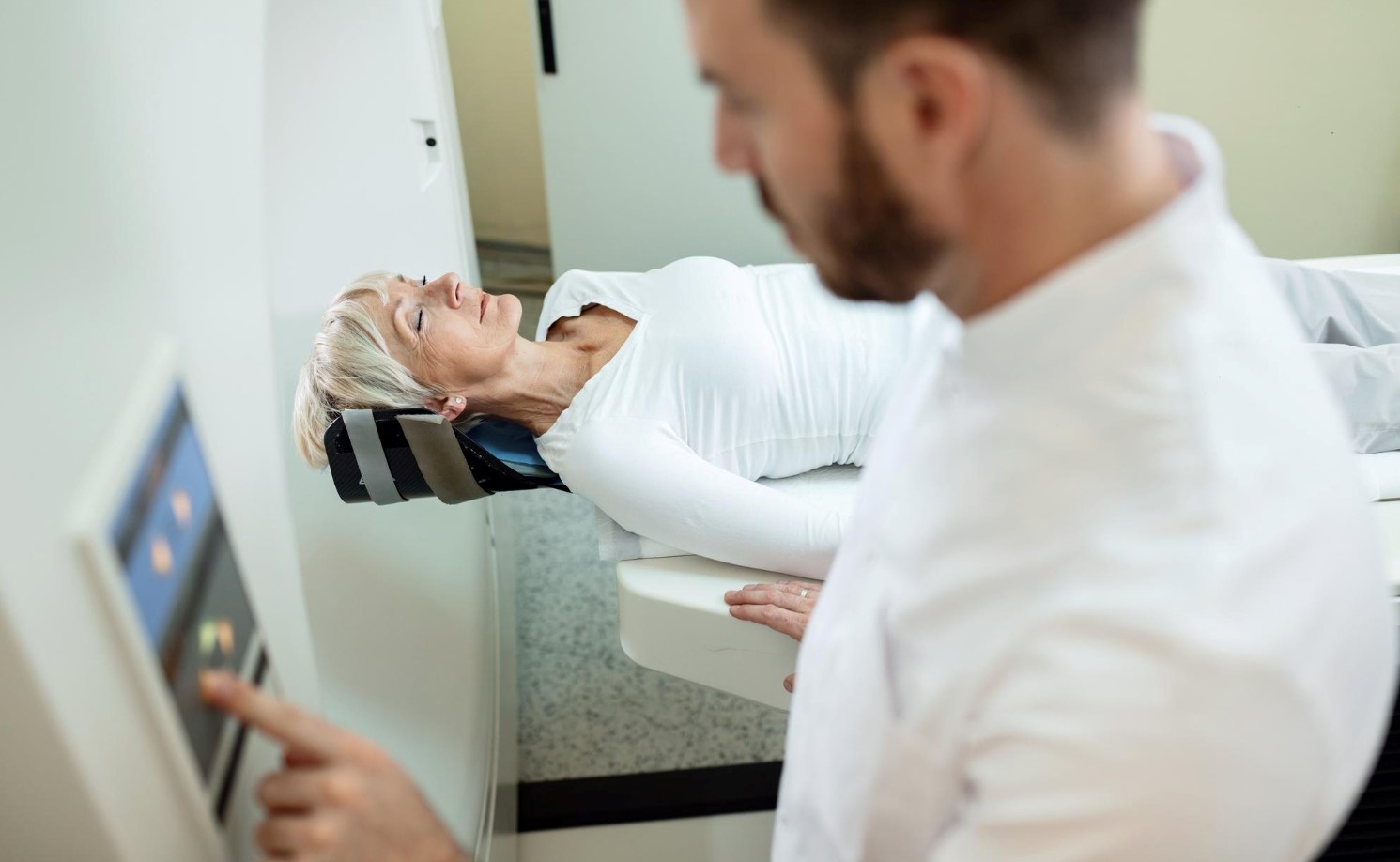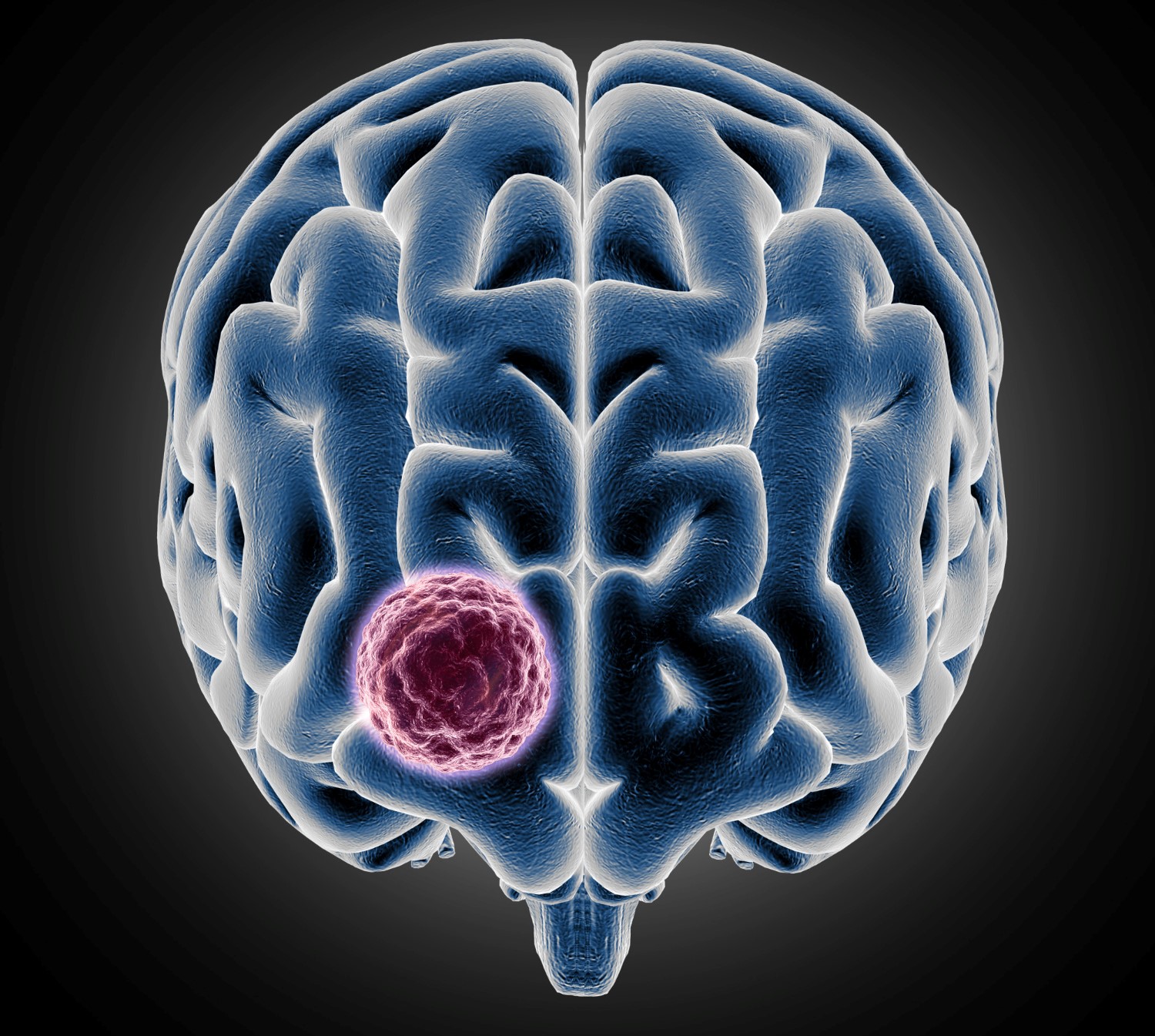What Is a Cranioplasty?
Cranioplasty is a surgical procedure that involves the repair and restoration of a defect or deformity in the skull. It is a specialized procedure performed to reconstruct the integrity and appearance of the skull following trauma, injury, tumour removal, infection, or congenital abnormalities.
Cranioplasty is a crucial surgical procedure for repairing skull defects, serving to protect the brain and restore the natural contour and symmetry of the skull. Additionally, it plays a significant role in improving aesthetics, enhancing self-image, and preventing complications such as cerebrospinal fluid leaks, infections, brain tissue herniation and syndrome of the trephined.
In this article, we will be going over key aspects of Cranioplasty before consulting your neurosurgeon in Singapore.
Indications for Cranioplasty
Reasons for Needing Cranioplasty
Cranioplasty is indicated in various situations where there is a need to repair or replace a portion of the skull. Some common reasons for needing cranioplasty include:
Traumatic Brain Injury (TBI): Severe head injuries resulting from accidents or falls can cause skull fractures or significant skull defects that require reconstruction through cranioplasty.
Decompressive Craniectomy: In cases of elevated intracranial pressure or brain swelling, a portion of the skull may be removed temporarily through a procedure called decompressive craniectomy. Cranioplasty is then performed to replace the missing portion once the brain swelling has resolved.
Skull Tumor Removal: Surgical removal of brain tumors, such as meningiomas or gliomas, may result in skull defects that require subsequent cranioplasty to restore the skull’s integrity.
Infection or Osteomyelitis: In some cases, skull defects can occur due to infections, such as osteomyelitis, which leads to bone destruction. Cranioplasty is necessary to repair and reconstruct the affected area.
Congenital Skull Abnormalities: Certain congenital conditions, such as craniosynostosis (premature fusion of skull sutures) or encephalocele (protrusion of brain tissue through the skull), may necessitate cranioplasty for correction and optimal brain development.
Types of Skull Defects or Injuries that May Require Cranioplasty
Cranioplasty is performed to address a range of skull defects or injuries, including:
Skull Fractures: Fractures resulting from trauma or accidents can cause skull deformities or defects that may require cranioplasty for proper healing and protection of the brain.
Skull Bone Loss: Extensive bone loss due to trauma, infection, or tumour resection can lead to significant skull defects that necessitate cranioplasty to restore the missing bone and protect the underlying brain tissue.
Skull Defects from Surgical Interventions: Some neurosurgical procedures, such as craniotomy for brain tumour removal or aneurysm repair, may result in skull defects that require subsequent cranioplasty for optimal recovery and protection.
Cosmetic Skull Deformities: Certain cosmetic skull deformities, such as those resulting from craniofacial surgery or congenital abnormalities, can be addressed through cranioplasty to improve the appearance and restore cranial symmetry.
The specific need for cranioplasty and the type of skull defect or injury will vary depending on each individual case. The decision for cranioplasty is typically made after careful evaluation and consultation with a neurosurgeon, taking into account the patient’s medical condition, functional requirements, and aesthetic considerations.
Medical Assessment and Evaluation Before Cranioplasty
Before undergoing cranioplasty, a comprehensive medical assessment and evaluation are conducted to ensure the patient’s suitability for the procedure. This includes a thorough review of the patient’s medical history, current medications, and any preexisting medical conditions that may impact the surgery or anaesthesia.
Additionally, a physical examination is performed to assess overall health status and identify any potential risk factors or contraindications.
Imaging Studies and Diagnostic Tests Involved in the Planning Process
Imaging studies play a crucial role in the preoperative planning of cranioplasty. Various diagnostic tests may be performed to provide detailed information about the skull defect and aid in surgical decision-making. These may include:
Computed Tomography (CT) Scan: CT scans provide detailed cross-sectional images of the skull, allowing precise visualization of the defect size, location, and associated structural abnormalities. CT scans help guide the surgical approach and assist in selecting appropriate materials for cranioplasty.
Magnetic Resonance Imaging (MRI): MRI scans may be employed to evaluate the brain tissue and assess any underlying brain abnormalities or changes that could impact the surgical planning. MRI can provide additional information regarding the extent of brain injury or any associated conditions.
Selecting Appropriate Materials for Cranioplasty
The selection of materials for cranioplasty is an important consideration during the preoperative planning phase. Several factors are taken into account to ensure the appropriate choice of materials for each individual case. These considerations include:
Autologous Grafts: Autologous bone grafts, harvested from the patient’s own body (such as the skull or rib), may be considered for cranioplasty. These grafts offer several advantages, including biocompatibility, reduced risk of infection or rejection, and potential for natural bone remodeling. The availability of suitable donor sites and the patient’s overall health condition are factors that influence the feasibility of autologous grafts.
Synthetic Materials: Synthetic materials, such as polymethylmethacrylate (PMMA) or titanium, are commonly used for cranioplasty. These materials offer durability, stability, and ease of shaping to fit the defect accurately. The choice of synthetic materials depends on factors such as the size and location of the defect, the need for cranial contour restoration, and the surgeon’s preference.
Custom-Made Implants: Advances in technology have facilitated the creation of custom-made implants for cranioplasty. These implants are designed based on the patient’s specific defect using computer-assisted techniques and 3D printing. Custom-made implants provide a precise fit, improved aesthetic outcomes, and potential for better functional restoration.
During the preoperative planning, your neurosurgeon will carefully evaluate the patient’s unique circumstances, including the extent of the defect, individual medical factors, and the desired outcome, to determine the most suitable material for cranioplasty. The chosen material should address both functional and aesthetic goals while minimizing the risk of complications.
Conclusion
Cranioplasty is a surgical procedure that repairs skull defects caused by various factors, ensuring brain protection and restoring the natural skull contour. Recognizing the need for cranioplasty in conditions such as traumatic brain injuries, skull tumor removals, infections, or congenital abnormalities enables individuals to seek timely medical attention and explore appropriate treatment options. Through comprehensive evaluation and imaging studies, Neurosurgeons can tailor the cranioplasty approach to each patient’s specific needs, selecting suitable materials such as autologous grafts, synthetic materials, or custom-made implants.



